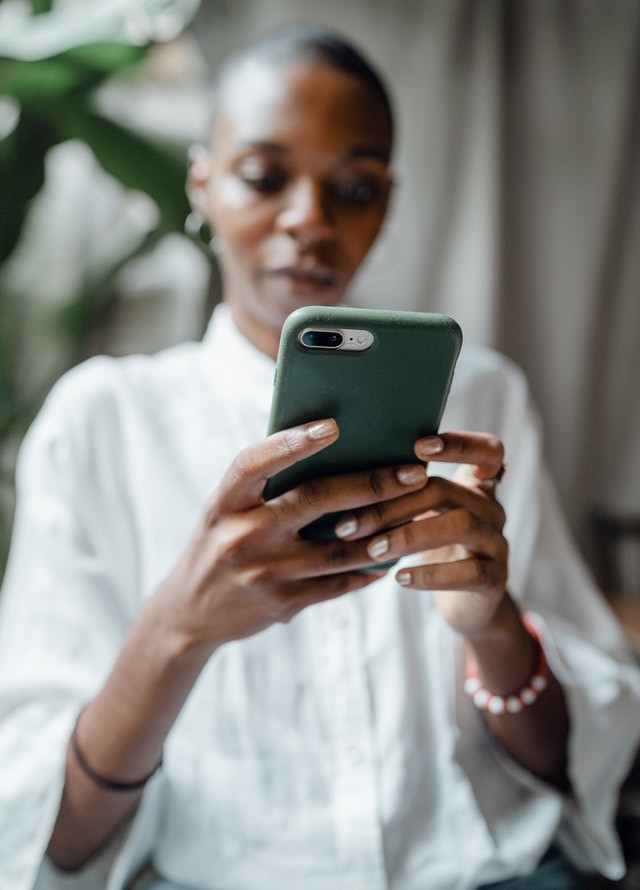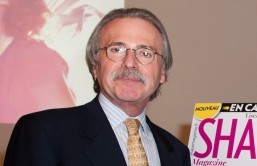
(Photo : How to Use Social Media in Healthcare)
Social media is one of the most popular ways to communicate with people. This includes a brief overview of some of the top platforms for communication like Facebook and LinkedIn and tips for using them effectively. It also covers what types of posts work best when communicating on social media and some great resources that can help you succeed. In this blog post, you will learn how to use social media in healthcare.
Benefits of social media in healthcare
Social media provides a way to keep in touch with the people who support your business. This includes current and potential clients, community members, donors or volunteers.
It is also an excellent place for employees to get information about what's happening within their company, building trust among peers. There are few more benefits a healthcare company can take using 12SM Healthcare Marketing.
Raise awareness
Social media is a powerful tool for raising awareness of important issues related to your company. Using social media helps you stay on top of the latest trends and events in your industry, which can help you be an informed contributor. Social media also provides a way to quickly get information about health topics from credible sources if there are urgent situations that need prompt attention.
Combat misinformation
Some of the most popular social media platforms are often used to spread misinformation about important health issues. These posts can be difficult to monitor and combat because they come from credible sources that may not know anything is wrong with their post. Using a blog or website provides an opportunity for healthcare providers, organizations, professionals or experts in your industry to voice their opinion on these topics without fear of spreading false information.
For example, if you were writing this content as part of a training course, use more detailed instructions than written for someone who already knows how to do it. For instance, tell them what keywords should be included in every sentence instead of telling them which ones need an exclamation point next. Which would make sense?
Crisis communication
One of the most effective ways to combat misinformation on social media platforms like Facebook and Twitter is a strategy called "crisis communications." This involves using these channels and your blog or website to spread accurate information during a health care emergency quickly.
This type of outreach helps ensure that both people who are impacted by an event, such as the measles outbreak in California, as well those who may be at risk for getting affected are aware of what's going on. It also prevents rumors from spreading, which can have serious consequences.
In this example, you should break it down into more steps: First, tell them how they can use Social Media in Healthcare, then talk about Crisis Communication in healthcare.
Expand the reach of existing resources
Social media is a great tool to help expand the reach of existing resources. It provides an opportunity for healthcare providers, organizations, professionals or experts in your industry to amplify their message and extend it beyond just one platform.
Public health monitoring
Public health monitoring, or "situational awareness," is the use of social media to monitor important public health events. It's a way for people in your organization and the general public who are interested in this topic to stay up-to-date on current issues that may impact their lives.
This can be done through listening posts where you follow experts on Twitter, and Facebook groups focused on healthcare topics, LinkedIn networks related to certain diseases like Lyme disease and infectious outbreaks. You also want to look at what information gets shared by local news outlets since they will often have updates about cases as well as how the government has responded.
Citizen engagement
Citizen engagement is a strategy that uses social media to create dialogue with the public. It's an opportunity for people in your organization and the general public who have knowledge about certain topics or are impacted by them to connect over what they're experiencing.
Social media provides opportunities for healthcare providers, organizations, professionals or experts in your industry to engage these communities on a more personal level through listening posts and forums where users can ask questions alongside other people who face similar challenges.
Patient support
Social media can be used to provide support for patients and caregivers. It's an opportunity to connect on a personal level with people who are living with certain chronic conditions or diseases. This type of outreach can help strengthen communities by providing information, resources and emotional support alongside other members facing similar challenges.
Crowdsourcing
Crowdsourcing is a strategy that involves using social media as a way to gather data from the public about specific health-related topics.
In this example, you should break it down into more steps: First, tell them how they can use Social Media in Healthcare, then talk about crowd-sourcing as well as Patient Support and utilize Crisis Communication if needed but only elaborate on what needs explanation points.
Health education
Health education refers to the process of educating people on how they can avoid getting sick or what to do if they are already ill. In this example, you should break it down through steps: first, talk about health-related social media, then give an overview of using Social Media in Healthcare and finish with Health Education.
Public awareness campaigns
A public outreach campaign involves creating content that identifies and addresses potential risks. This type of communication helps inform the general public, so they know what steps they need to take when dealing with medical issues or emergencies.
Healthcare promotion
Healthcare promotion is a strategy that uses social media to create awareness of the services available in your organization. It's an opportunity for employees and consumers or patients who use these facilities to connect over what they're experiencing.
The first step when using Social Media in Healthcare is figuring out which channels will be most effective based on what you want to do.
Conclusion
As you can see, social media has a lot of potentials for healthcare professionals to improve patient care. The key is understanding the role that it plays in your industry and how to use social media wisely and effectively.
* This is a contributed article and this content does not necessarily represent the views of hngn.com








